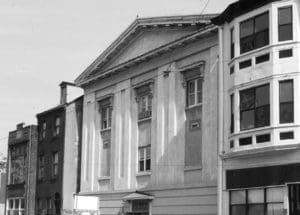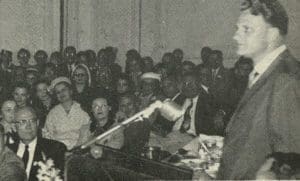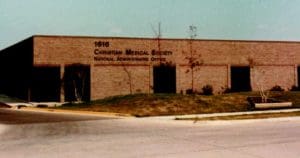The Christian Medical & Dental Associations® (CMDA) is made up of the Christian Medical Association (CMA) and the Christian Dental Association (CDA). CMDA provides resources, networking opportunities, education and a public voice for Christian healthcare professionals and students.
Founded in 1931, CMDA provides programs and services supporting its mission to "change hearts in healthcare" with a current membership of over 13,000 healthcare professionals. CMDA promotes positions and addresses policies on healthcare issues; conducts overseas medical education and evangelism projects; coordinates a network of Christian healthcare professionals for fellowship and professional growth; sponsors student ministries in medical dental, PA, and other healthcare training schools; distributes educational and inspirational resources; hosts marriage and family conferences; provides developing world missionary healthcare professionals with continuing education resources; and conducts academic exchange programs overseas. By being the "hands of Jesus" to needy people, CMDA seeks to fulfill His Great Commandment (Matthew 22:39; 25:36) and His Great Commission (Matthew 28:19).
The Christian Medical & Dental Associations® is a 501(c)3 and is governed by a Board of Trustees and House of Delegates. Policies of CMDA are interpreted and applied by the Board of Trustees, which also establishes the guidelines for the executive director and his staff. An elected House of Delegates assists the board with recommendations on courses of action. The House of Delegates is composed of graduate, student, resident and missionary members who are elected for three-year terms by district and meets annually at the CMDA National Convention. Approximately 75 employees currently make up the staff of CMDA in the national office and U.S. field offices.






